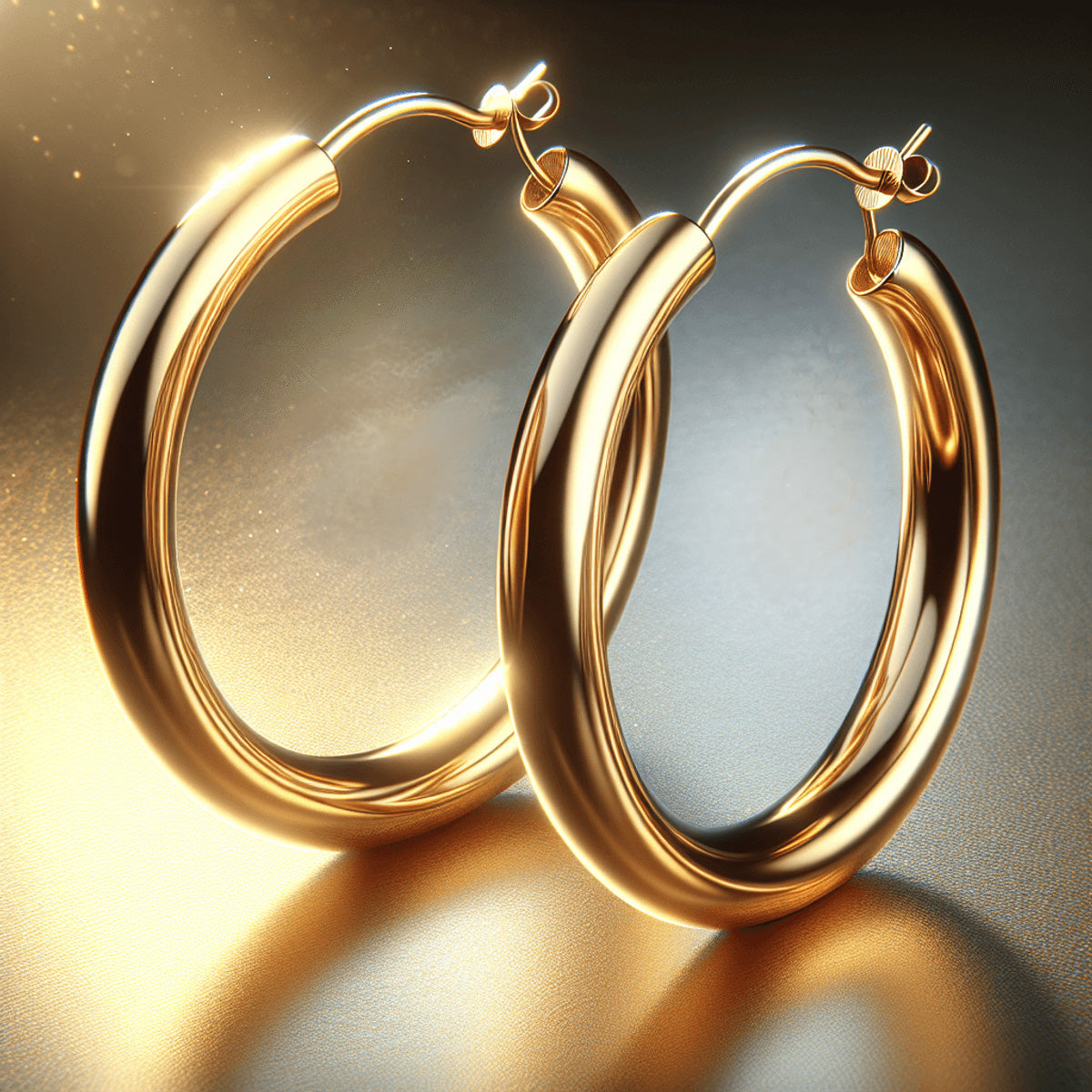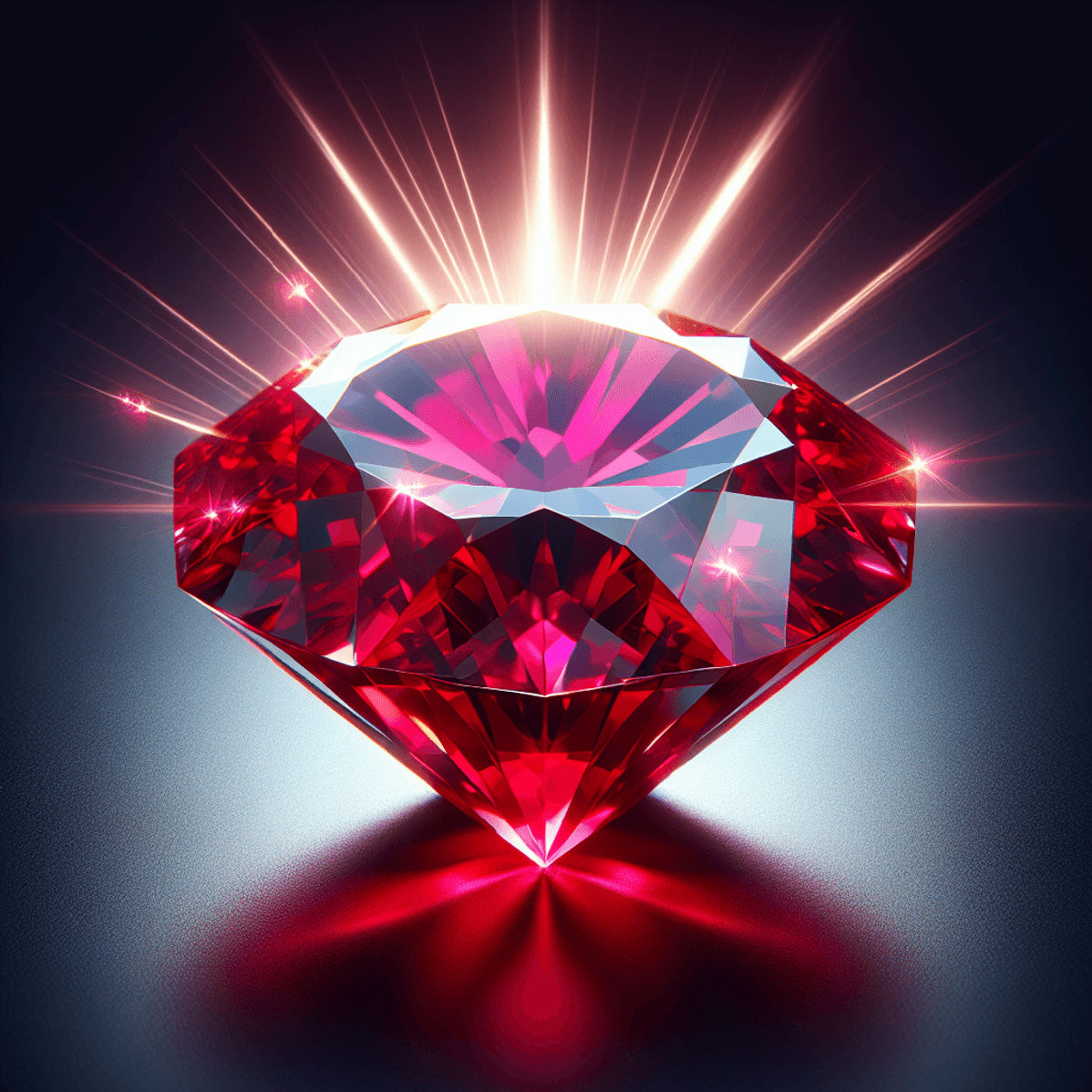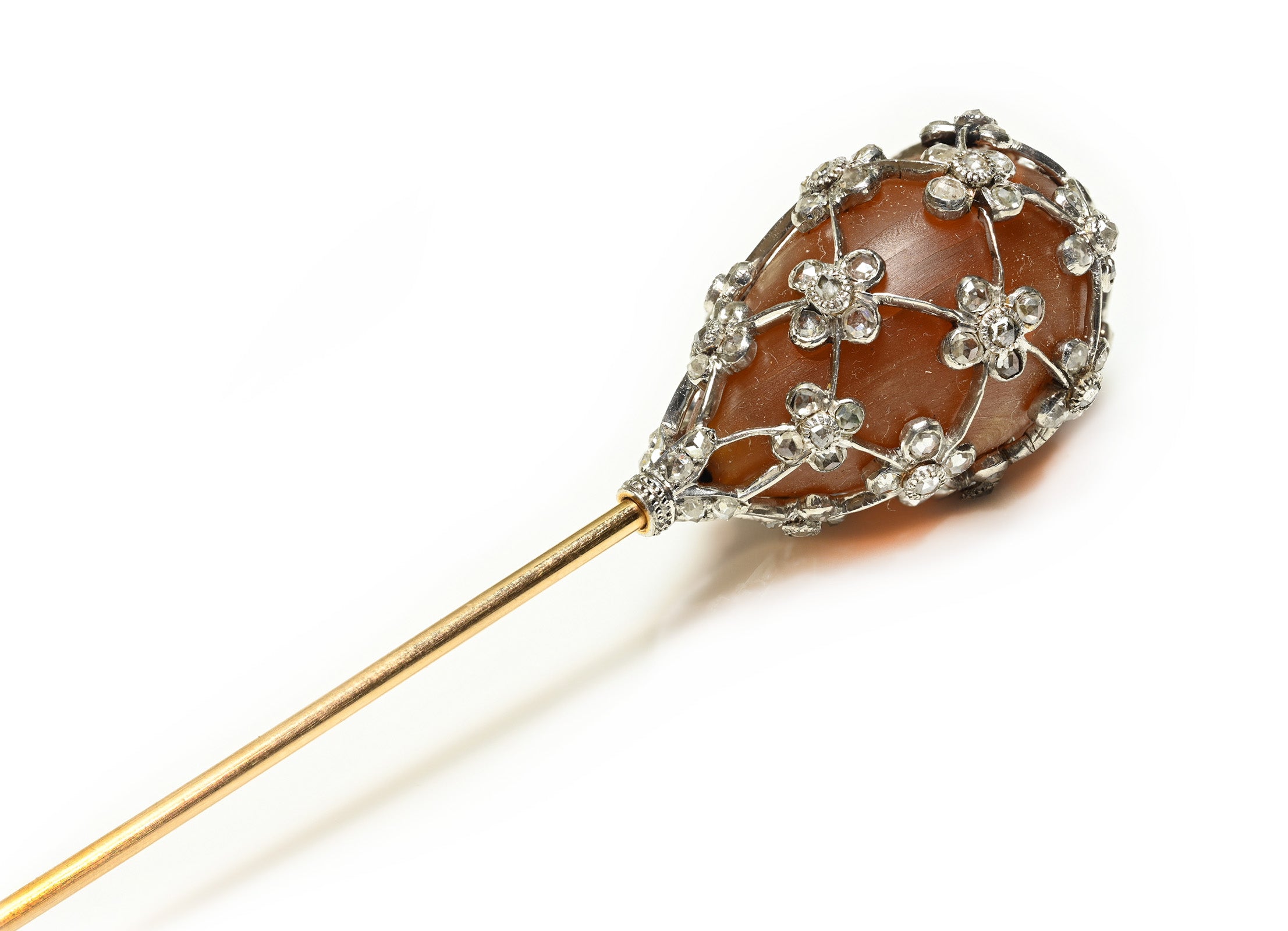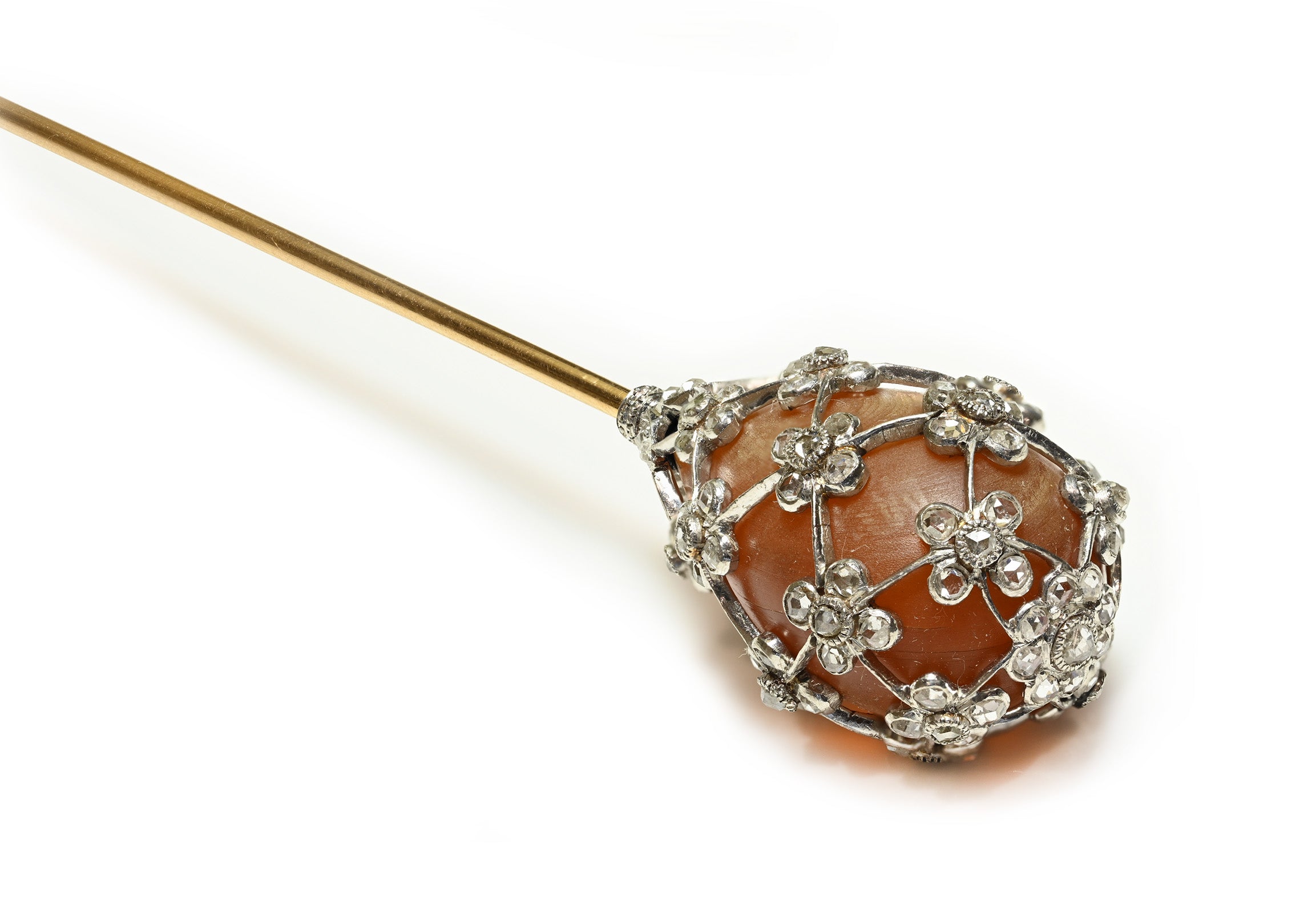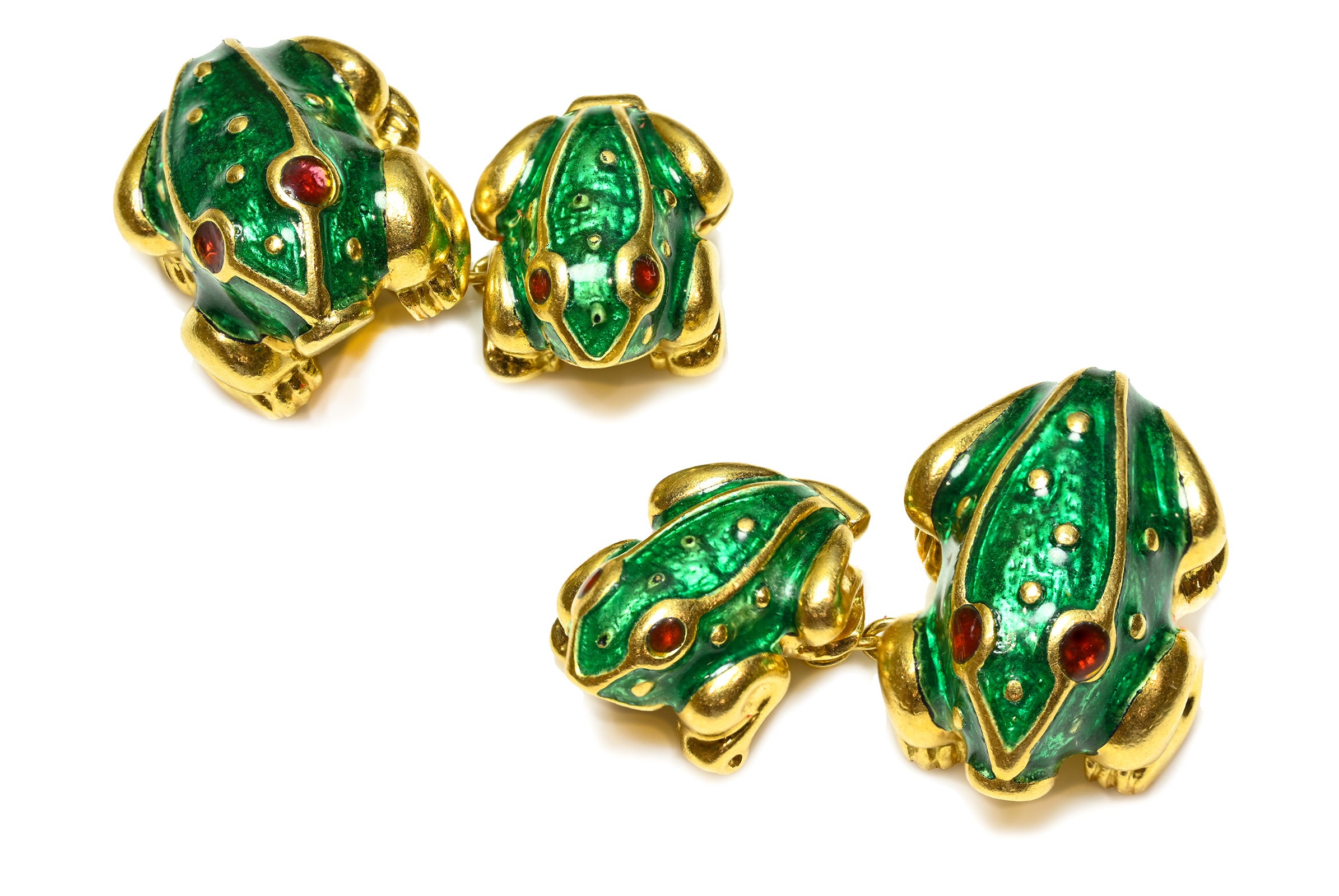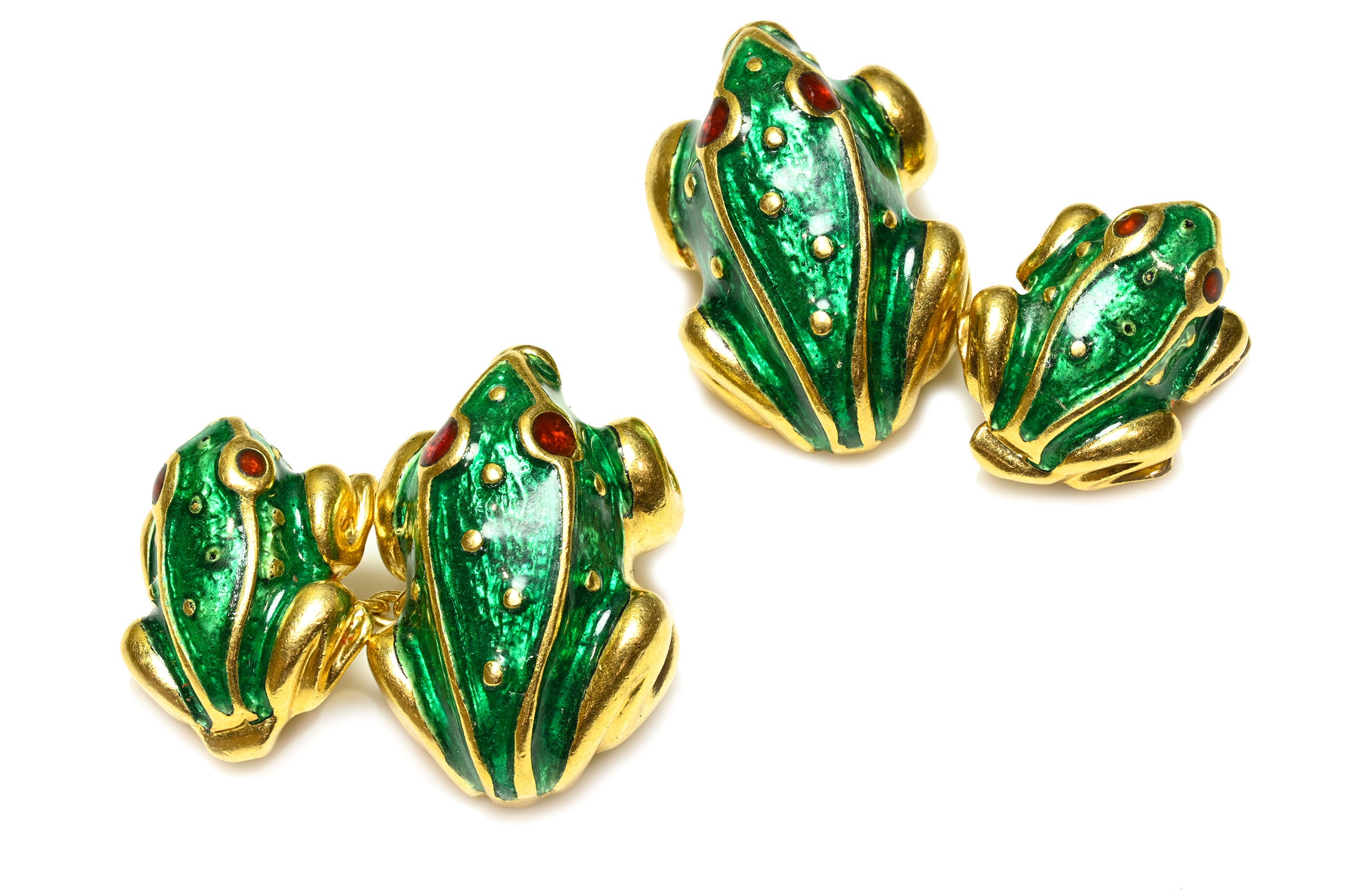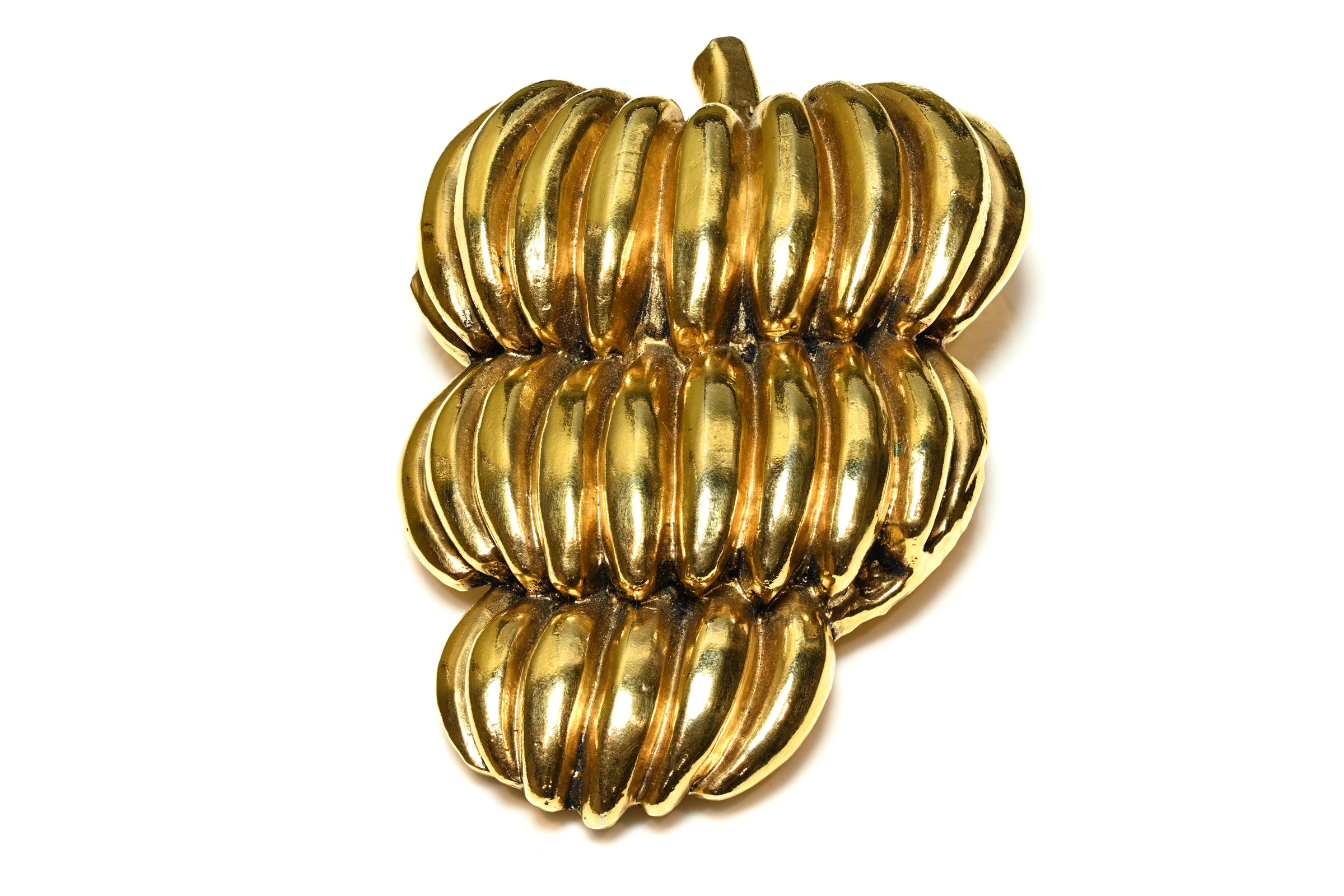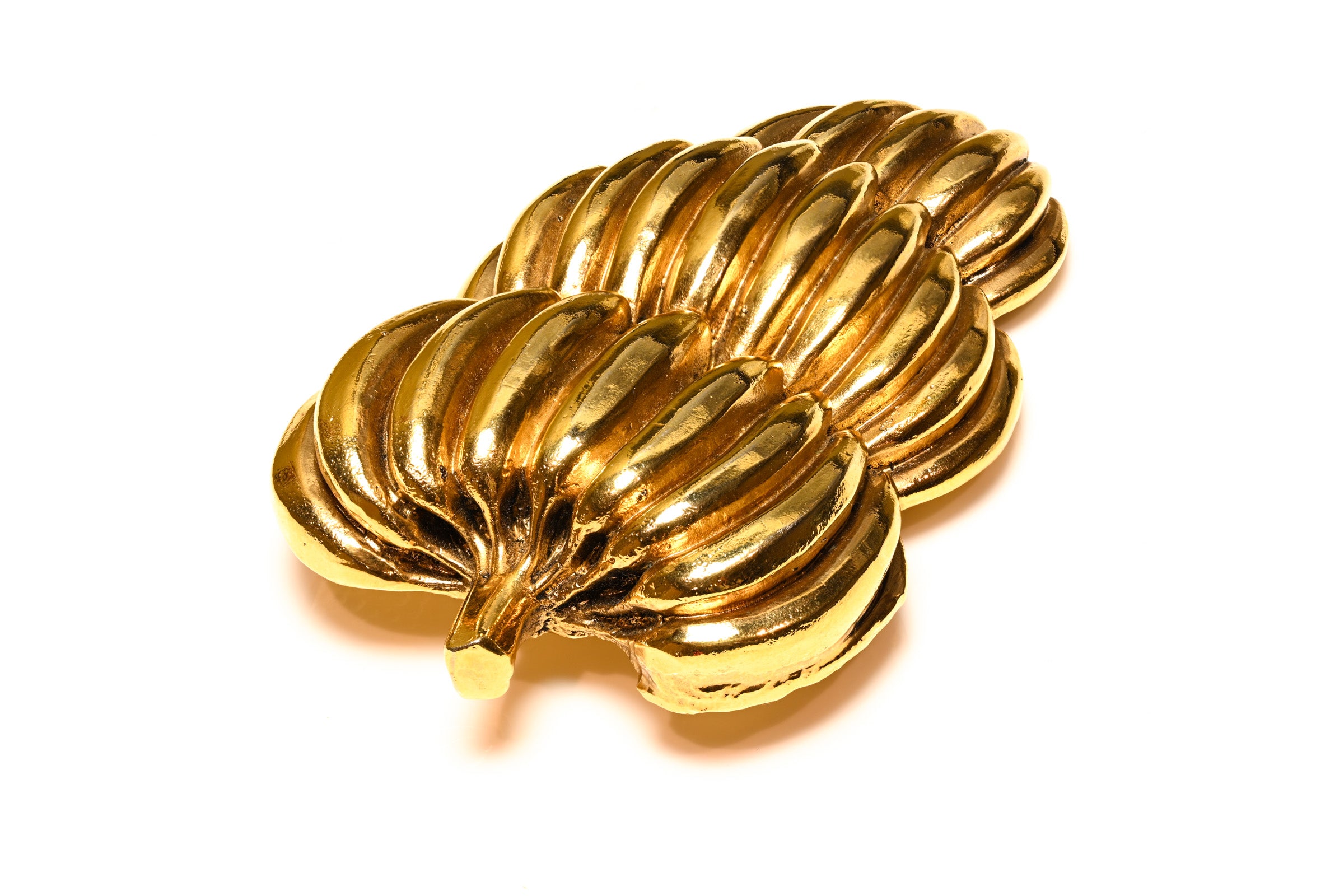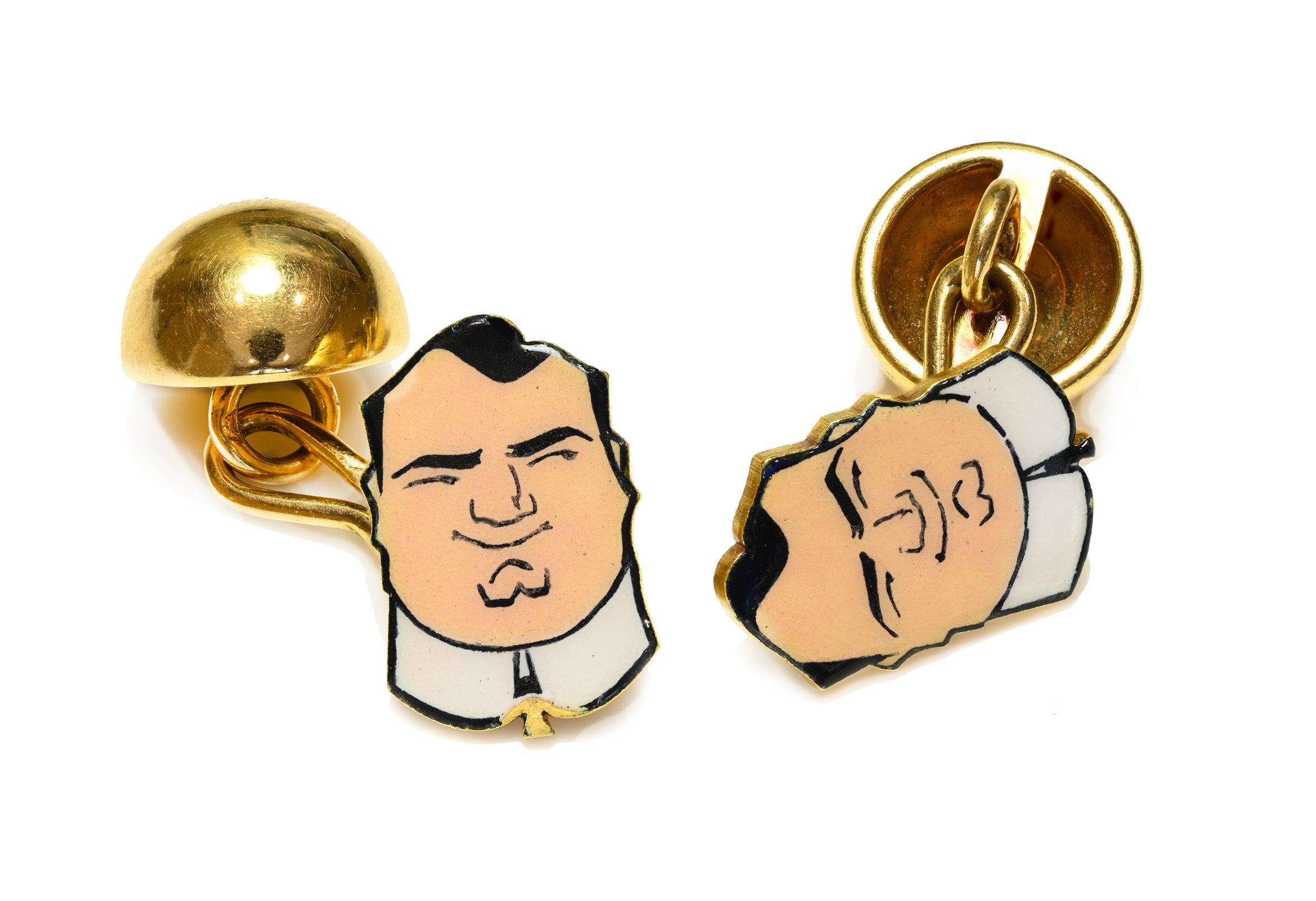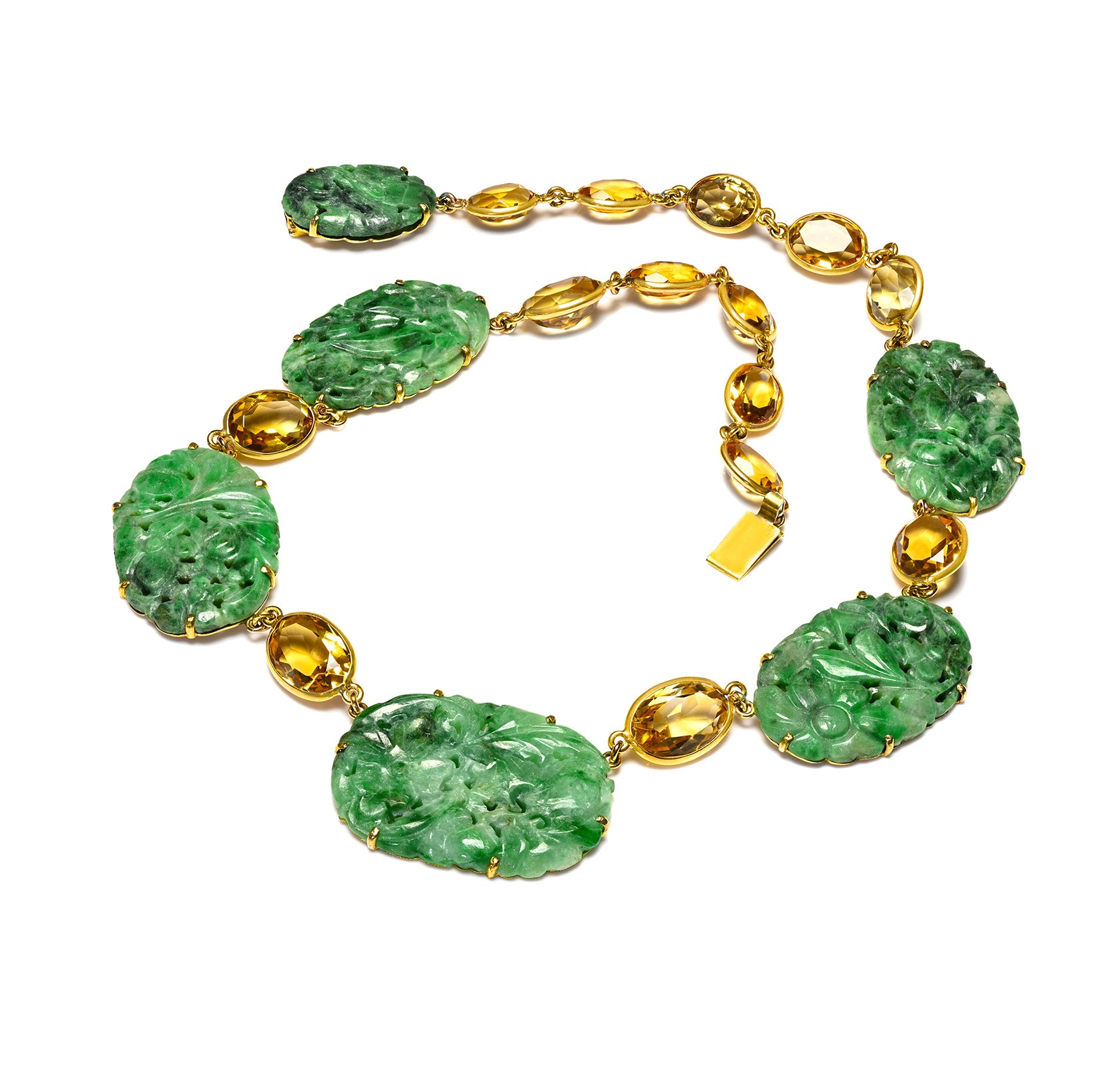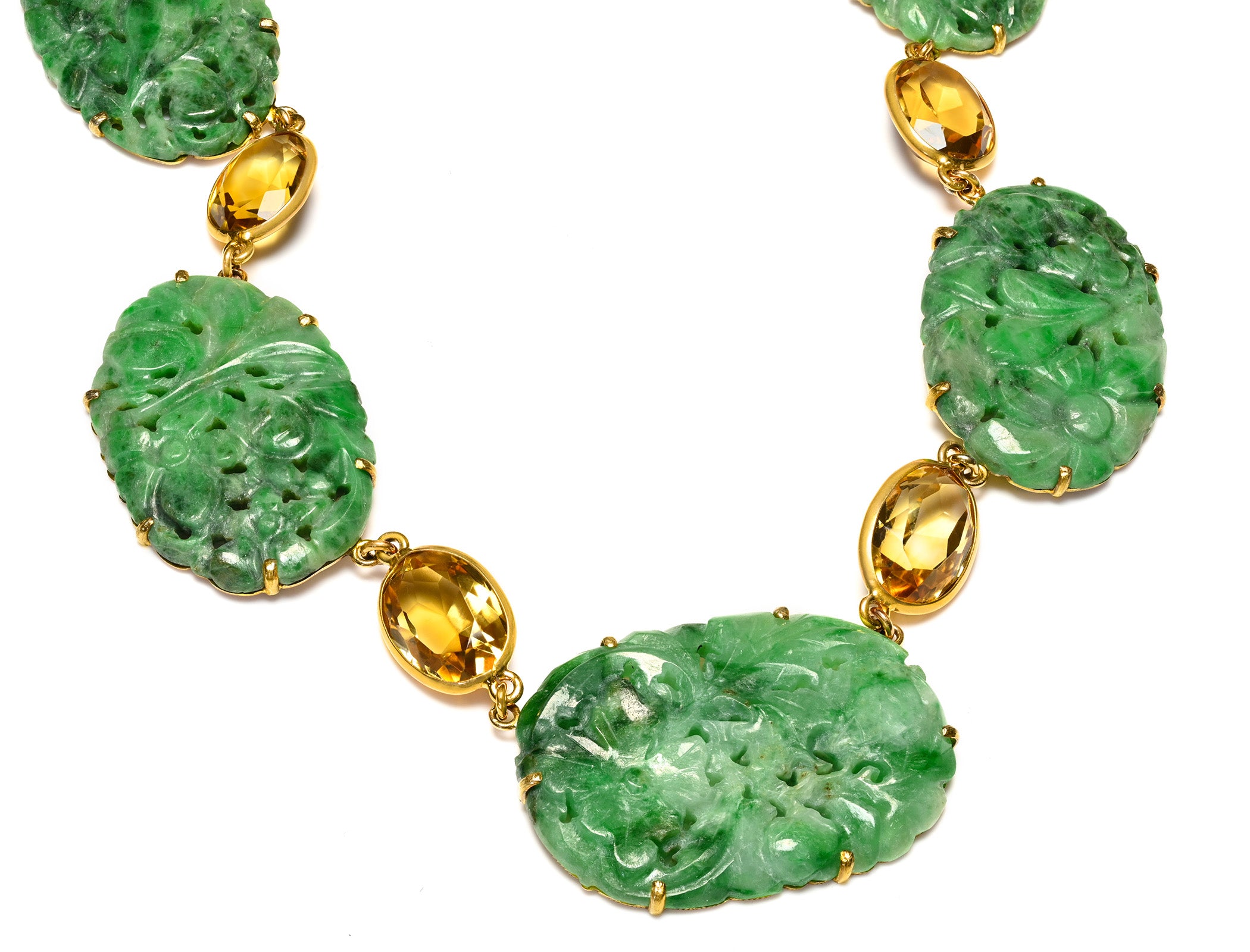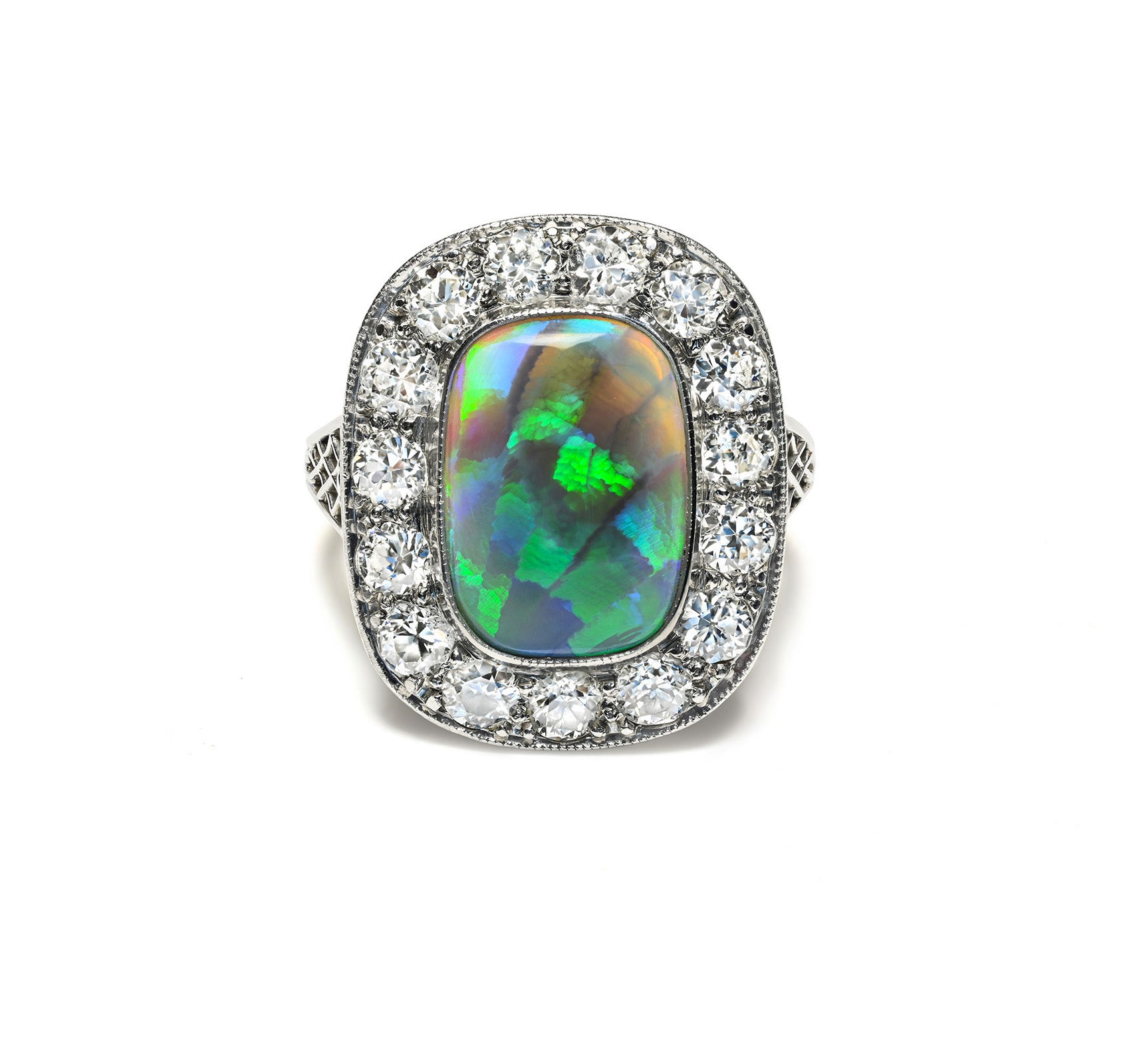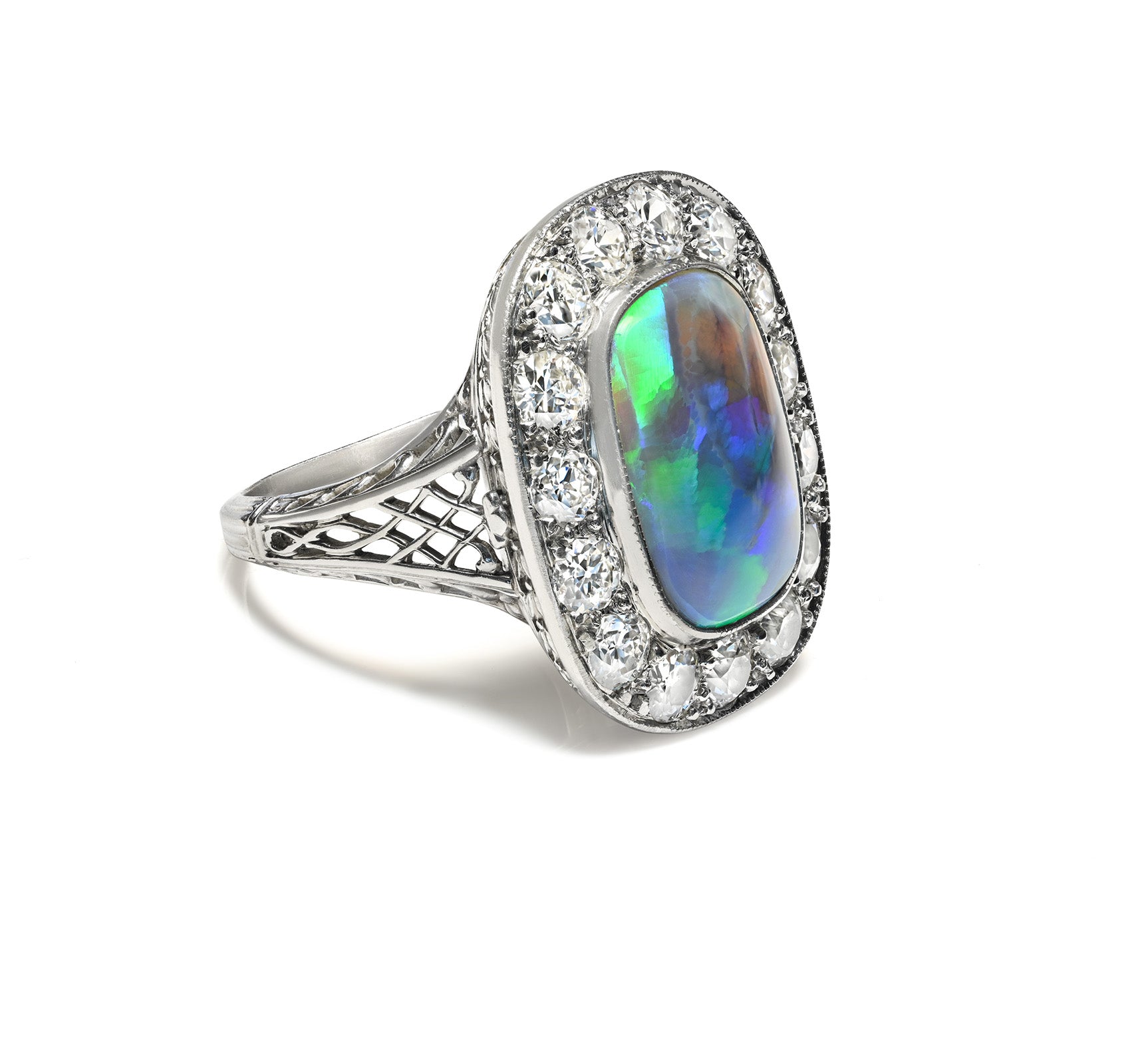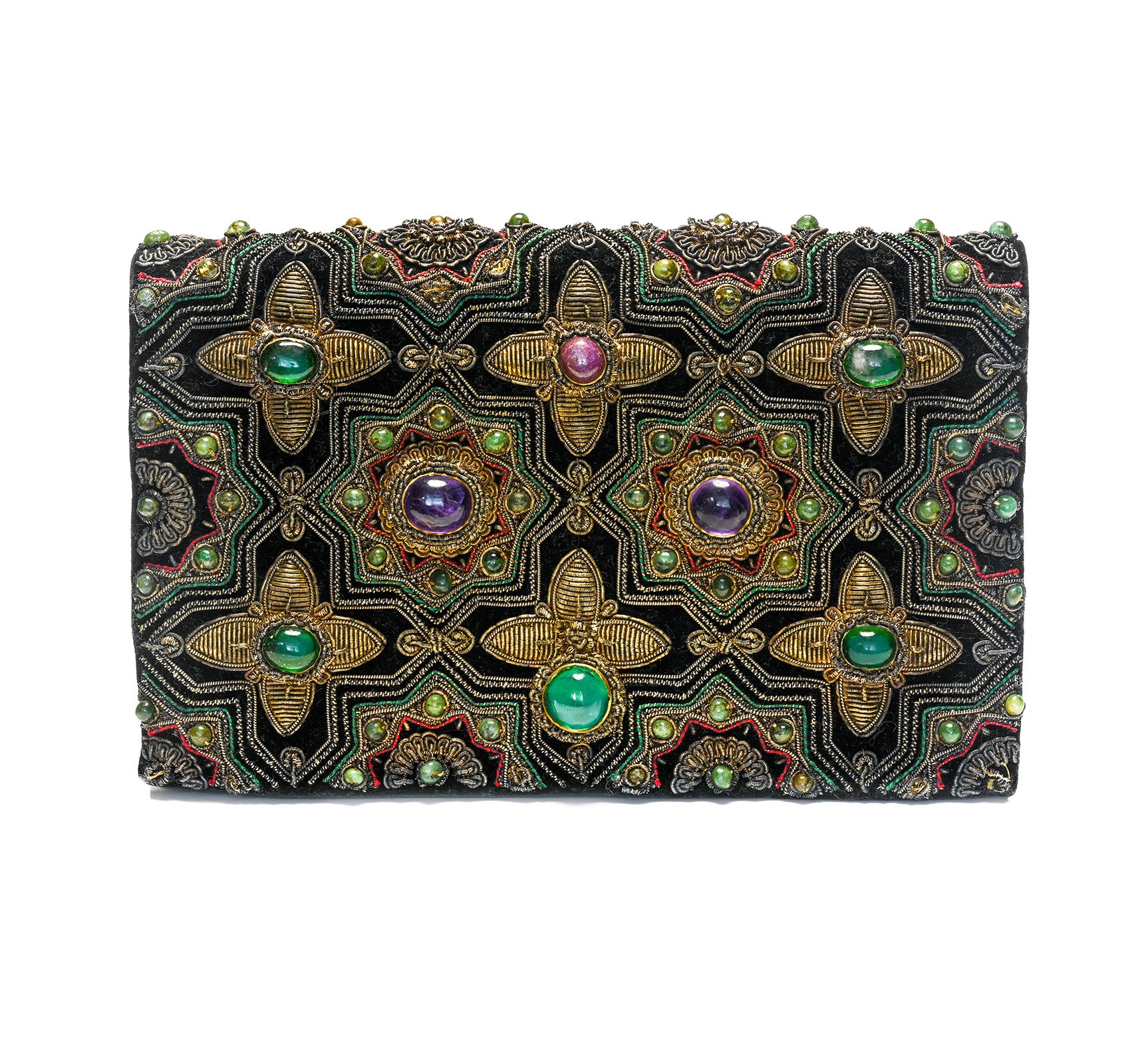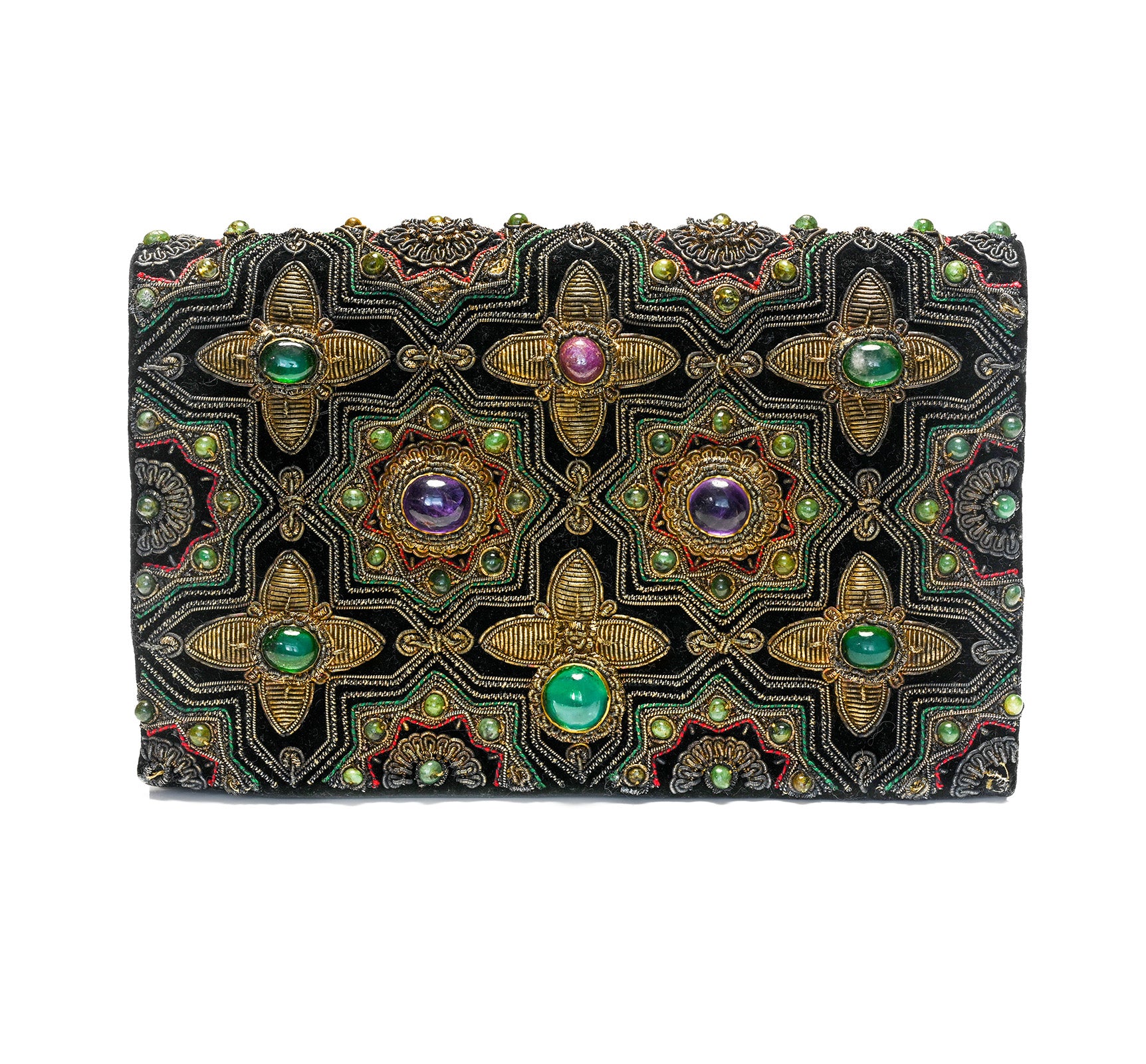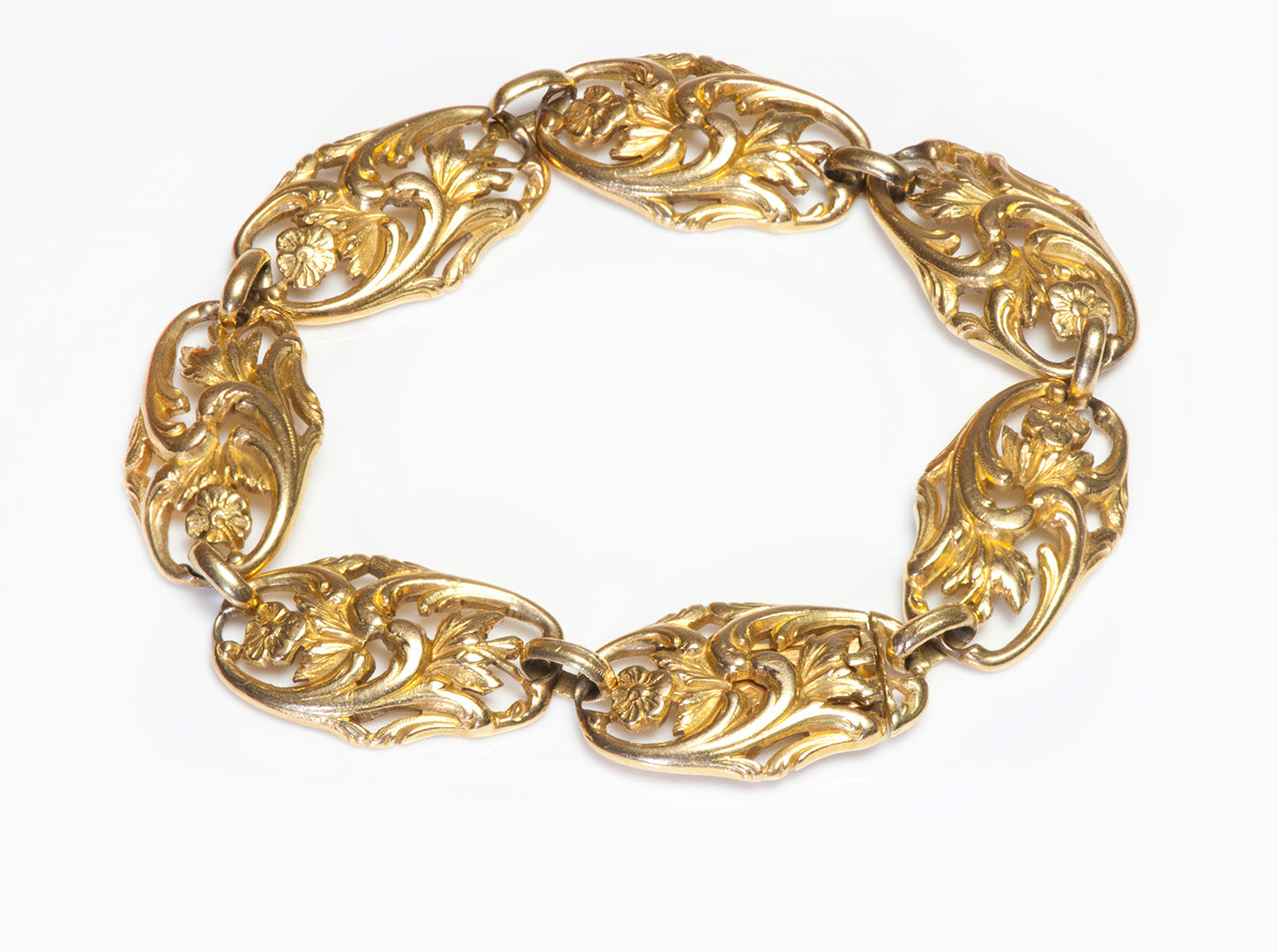
Modern vs. Antique Jewelry: Which Style Reigns Supreme?
Antique Jewelry: Timeless Treasures from the Past
DSF Antique Jewelry offers a wide selection of antique gold rings, earrings, bracelets, necklaces, brooches, cufflinks, and objects. Each piece carries the essence of the era it was crafted in, whether it's Georgian, Edwardian, or Art Nouveau. These items are not just accessories but historical artifacts that offer a glimpse into the design sensibilities and craftsmanship techniques of their respective times.
- Authenticity: Antique jewelry is made during a specific historical period, making it an authentic representation of that time.
- Elegant Appeal: The age and uniqueness of antique jewelry give it a charm and desirability that cannot be replicated.
- Craftsmanship: Each piece of antique jewelry showcases the skills and materials used during its era.
The allure of antique jewelry lies in its authenticity and rarity. Owning such pieces means possessing a fragment of history, complete with the stories and traditions of its bygone era.
Modern vs. Antique Jewelry: Which Style Reigns Supreme?
Jewelry has always held a significant place in fashion, serving as a symbol of status, personal expression, and cultural identity. From the delicate craftsmanship of antique pieces to the sleek designs of modern jewelry, these adornments continue to captivate enthusiasts and collectors alike.
Modern Jewelry:
- Characterized by contemporary designs
- Utilizes advanced techniques for precision
- Emphasizes durability for everyday wear
Antique Jewelry:
- Showcases intricate detailing
- Boasts a unique appeal and designs
- Limited availability due to age and production
Understanding the differences between modern and antique jewelry helps consumers make informed decisions. Collectors often seek the historical essence embodied in antique pieces, whereas trend-followers might gravitate towards the innovative allure of modern designs. Comparing these styles allows you to appreciate their unique qualities and determine which style is more preferable in your collection.
Understanding Modern and Antique Gold Jewelry
Modern Gold Jewelry
Modern gold jewelry is known for its contemporary designs that are influenced by current fashion trends. It utilizes advanced techniques such as laser cutting and 3D printing to achieve precise shapes and intricate details. These methods also make the pieces more durable, allowing them to withstand everyday wear and tear.
Features of Modern Gold Jewelry:
- Sleek lines
- Geometric patterns
- Minimalist aesthetics
Antique Gold Jewelry
Antique gold jewelry holds a special place in the hearts of many due to its unique vintage charm and exquisite craftsmanship. Each piece tells a story and carries a sense of history that cannot be replicated.
Characteristics of Antique Gold Jewelry:
- Intricate detailing
- Unique vintage appeal
- Limited availability
Antique gold jewelry comes in various types, each with its own distinctive characteristics and beauty:
- Gold-filled: A layer of gold bonded to a base metal core.
- Gold-plated: A thin layer of gold electroplated onto a base metal.
- Rolled gold: Multiple layers of thin gold sheets fused together with heat and pressure.
- Gold cased: A layer of gold covering the surface of a base metal.
These types contribute to the distinctive appearance of antique jewelry, often featuring a warmer tone with hints of copper.
The rarity of these items adds to their allure, as antique gold pieces are limited in availability due to their age.
The uniqueness of antique jewelry makes it highly sought after by collectors. Unlike mass-produced modern pieces, each antique item is typically handcrafted, reflecting the artisanal techniques prevalent at the time of its creation.
This blend of historical significance and exceptional craftsmanship makes antique gold jewelry a timeless treasure.
The Priceless Charm of History: Historical Context in Modern and Antique Jewelry
Understanding the historical context adds a layer of depth to both modern and antique gold jewelry.
Modern Jewelry: Blending the Past with the Present
Modern jewelry often draws inspiration from past eras. Designers might incorporate Art Deco geometric patterns, Victorian floral motifs, or Renaissance revival elements into contemporary pieces. This blend creates a unique fusion that resonates with today's fashion-forward consumers while paying homage to history.
Antique Jewelry: Timeless Treasures from the Past
Antique jewelry, on the other hand, is a direct relic of its time period. Each piece carries the essence of the era it was crafted in, whether it's Georgian, Edwardian, or Art Nouveau. These items are not just accessories but historical artifacts that offer a glimpse into the design sensibilities and craftsmanship techniques of their respective times.
- Authenticity: Antique jewelry is made during a specific historical period, making it an authentic representation of that time.
- Unique Appeal: The age and uniqueness of antique jewelry give it a charm and desirability that cannot be replicated.
- Craftsmanship: Each piece of antique jewelry showcases the skills and materials used during its era.
The allure of antique jewelry lies in its authenticity and rarity. Owning such pieces means possessing a fragment of history, complete with the stories and traditions of its bygone era.

Antique gold jewelry encompasses a wide range of styles, techniques, and characteristics depending on the time period and region of origin. Here are some key characteristics:
Craftsmanship and Techniques:
- Handmade: Most antique jewelry was crafted by hand, showcasing high levels of skill and craftsmanship.
- Engraving and Carving: Intricate designs were often engraved or carved into the gold.
- Filigree: Delicate, lace-like designs made from twisted gold wires.
- Enameling: The application of colorful enamel to create decorative designs.
Materials and Alloys:
- High Karat Gold: Antique gold jewelry often used high karat gold (18K-24K), which is softer and has a rich yellow color.
- Gold Alloys: Lower karat gold (9K-14K) mixed with other metals like copper or silver, resulting in varying hues.
Design and Style:
- Victorian Era (1837-1901): Romantic and sentimental themes, often incorporating motifs like hearts, flowers, and locks of hair.
- Art Nouveau (1890-1910): Flowing, organic shapes inspired by nature, featuring flowers, leaves, and female forms.
- Edwardian Era (1901-1915): Light, airy designs with intricate filigree and lace-like patterns, often combined with platinum.
- Art Deco (1920s-1930s): Bold, geometric shapes, with contrasting colors and the use of materials like onyx and jade.
Gemstones:
- Old Mine Cut and Rose Cut Diamonds: Early diamond cuts with less precision but a unique charm and sparkle.
- Colored Gemstones: Rubies, sapphires, emeralds, amethysts, and garnets were popular.
- Natural Pearls: Before the advent of cultured pearls, natural pearls were highly prized.
Hallmarks and Maker’s Marks:
- Hallmarks: Stamps indicating the purity of the gold, place of manufacture, and sometimes the date.
- Maker’s Marks: Unique marks identifying the jeweler or manufacturer.
Patina and Wear:
- Patina: A natural aging process that gives antique gold a unique, sometimes darkened, surface finish.
- Wear and Repairs: Signs of age and repairs can add to the charm and authenticity of antique pieces.
Cultural and Historical Significance:
- Sentimental Value: Antique jewelry often carries historical and sentimental value, sometimes passed down through generations.
- Symbolism: Many pieces were designed with symbolic meanings, such as love, protection, and status.
These characteristics make antique gold jewelry not only valuable but also rich in history and artistry.
1. Craftsmanship: Blending Tradition with Innovation
Craftsmanship is a crucial aspect of both modern and antique gold jewelry, although it is expressed differently in these two styles.
Modern Craftsmanship: Sleek and Experimental Designs
Modern gold jewelry often showcases skilled artistry through sleek lines and experimental designs. Advances in technology allow for precision and innovation, enabling jewelers to create intricate patterns and motifs that were previously impossible. Techniques such as laser cutting and 3D printing have revolutionized the field, allowing for unique pieces that are both durable and aesthetically pleasing.
Key Characteristics of Modern Craftsmanship:
- Sleek Lines: Emphasis on minimalistic yet striking designs.
- Experimental Designs: Incorporation of unconventional shapes and forms.
- Advanced Techniques: Utilization of laser cutting, 3D printing, and other modern technologies.
Antique Craftsmanship: Timeless Artistry
In contrast, antique gold jewelry reflects the handiwork techniques prevalent during its era. Each piece is a testament to the craftsmanship of its time, with intricate detailing achieved through labor-intensive methods. Techniques such as filigree work, hand engraving, and repoussé (a metalworking technique) highlight the artisan's skill and dedication.
Key Characteristics of Antique Craftsmanship:
- Intricate Detailing: Fine filigree work and hand engraving.
- Historical Techniques: Use of traditional methods like repoussé.
- Unique Vintage Appeal: Each piece carries the essence of its time period.
The appeal of both modern and antique gold jewelry lies in their craftsmanship. While modern pieces impress with their innovative designs, antique pieces captivate with their historical charm and meticulous detail.
2. Design Elements: Evolution or Timeless Elegance?
Design elements play a crucial role in defining the aesthetic appeal of both modern and antique gold jewelry.
Modern Jewelry:
Many contemporary pieces highlight clean lines and minimalistic designs, often focusing on geometric shapes. Modern artisans experiment with daring and innovative motifs that make statements. Use of cutting-edge technology allows for intricate patterns and precision.
Antique Jewelry:
Antique pieces frequently feature detailed filigree, showcasing the meticulous handiwork of the past. Designs often include nature-inspired elements like floral patterns, birds, and animals, reflecting the eras they originate from. Each piece tells a story, embodying the essence and craftsmanship of its time period.
The evolution from antique to modern design elements in jewelry showcases a blend of historical influences and contemporary creativity. This duality offers a rich tapestry for collectors and enthusiasts alike.
3. Color Palette: Contemporary Hues or Vintage Tones?
Color plays a crucial role in differentiating between modern and antique gold jewelry. Modern pieces often use a wide range of gemstone colors, including bright shades like electric blues, fiery reds, and vibrant greens. This is made possible through advanced techniques that create unconventional metal finishes and unique color combinations.
Characteristics of Modern Jewelry Colors:
- Wide range of gemstones: Modern jewelry often features various colorful gemstones such as sapphires, rubies, and emeralds.
- Unconventional finishes: Techniques like anodizing and plating introduce unexpected colors to metals.
- Bold contrasts: Contemporary designs may combine starkly contrasting colors for a striking visual impact.
On the other hand, antique gold jewelry tends to have a softer color palette. This is mainly because of the natural patina that forms over time, giving these pieces a warm, aged look. Antique gems often have subtle tones, enhanced by vintage cuts that create depth and character.
Characteristics of Antique Jewelry Colors:
- Natural patina: As it ages, antique gold develops a unique patina, resulting in a warmer tone.
- Vintage gemstone cuts: Older gemstones often have distinct cuts that reflect light differently, leading to softer hues.
- Understated elegance: The overall color scheme is usually more muted compared to modern pieces.
Whether you prefer the contemporary hues of modern jewelry or the vintage tones of antique pieces, understanding the role of color can help you make an informed decision that aligns with your personal taste.
4. Appraisal Process: Unveiling the True Worth
Determining the value of gold jewelry, whether modern or antique, requires a meticulous approach by appraisers. They consider several critical factors to accurately assess each piece:
Craftsmanship
- For modern jewelry, precision and advanced techniques in crafting are evaluated.
- For antique jewelry, intricate detailing and historical handiwork methods are key indicators.
Materials
- Modern jewelry uses contemporary metals and high-quality gemstones.
- Antique jewelry may have different compositions of metals (e.g., gold-filled, rolled gold) and vintage gemstone cuts.
Historical Significance
- Modern jewelry that takes inspiration from past eras can add to its narrative value.
- Authenticity and provenance play significant roles in assessing antique jewelry, often enhancing its worth due to rarity.
Condition
- Appraisers check for any signs of wear and tear that might affect the market value of modern jewelry.
- For antique jewelry, its preservation state and originality are paramount, as any restoration might influence the appraisal.
Market Demand
Trends in consumer preferences impact the valuation process for both modern and antique pieces.
Understanding these aspects ensures that you grasp the comprehensive methodology behind jewelry appraisal, shedding light on what makes a piece truly valuable in today's market.
5. Care and Maintenance Guide: Preserving Timeless Beauty
Taking care of gold jewelry, whether modern or antique, is essential to maintain its allure and structural integrity.
Regular Cleaning Methods
- Gentle Cleaning: Use a mild soap solution with warm water to clean your pieces. Soak for a few minutes, then gently scrub with a soft toothbrush.
- Rinsing and Drying: Rinse thoroughly under running water and pat dry with a soft cloth to avoid water spots.
Safe Storage Practices
- Individual Storage: Store each piece separately in a soft-lined box or pouch to prevent scratches and tangling.
- Avoid Humidity: Keep your jewelry in a cool, dry place. Use silica gel packets in storage areas to manage moisture levels.
Periodic Professional Check-Ups
Regular professional check-ups are crucial for both modern and antique gold jewelry. Expert jewelers can:
- Inspect for Wear and Tear: Identify and repair any damage, such as loose settings or worn-out clasps.
- Professional Cleaning: Offer deep cleaning services that restore shine without damaging delicate parts.
Understanding these care practices helps you preserve the timeless beauty of your gold jewelry, ensuring it remains a cherished item in your collection.
This attention to detail ensures that both modern and antique pieces continue to shine brilliantly, reflecting their craftsmanship and historical significance.
Making the Right Choice: Factors to Consider When Buying Modern or Antique Jewelry
When deciding between modern and antique jewelry, several factors help guide an informed choice.
Personal Style Preferences
Modern Jewelry
Ideal for those who appreciate contemporary aesthetics. Sleek lines, minimalistic designs, and bold motifs are typical.
Antique Jewelry
Perfect for individuals drawn to vintage charm. Intricate detailing, historical motifs, and unique craftsmanship offer timeless elegance.
Budget Considerations
Modern Jewelry
Often more affordable due to mass production and availability. However, high-end designer pieces can be quite expensive.
Antique Jewelry
Generally commands a higher price due to rarity and historical value. Unique pieces and those with provenance can significantly impact your budget.
Long-term Investment Potential
Modern Jewelry
While some pieces may appreciate over time, it’s often less predictable. Trends change rapidly, affecting resale value.
Antique Jewelry
Typically holds or increases in value due to its rarity and historical significance. Collectors often seek out these pieces, making them a potentially sound investment.
Each type has its unique appeal and value proposition. Your choice should align with your personal tastes, financial goals, and investment strategy.
Conclusion
Every piece of jewelry tells a story, whether it's a modern creation or an antique treasure. Recognizing the distinct qualities of both modern and antique gold jewelry allows you to appreciate their unique charm. Modern pieces offer contemporary designs and innovative techniques, while antique jewelry provides a glimpse into history with its intricate detailing and vintage appeal.
When choosing the right style for yourself:
- Assess your personal style preferences: Do you lean towards sleek, minimalist designs or intricate, historical motifs?
- Consider your budget: Modern pieces might be more affordable, but antique jewelry often holds its value and can be a worthwhile investment.
- Think about long-term investment potential: Antique jewelry tends to increase in value over time due to its rarity and craftsmanship.
By weighing these factors, you can make an informed decision that resonates with your individuality and aesthetic sensibilities. Whether you opt for the timeless elegance of antique jewelry or the bold innovation of modern designs, your choice will reflect your unique taste and personality.
Explore the world of gold jewelry with an open mind, appreciating the beauty and artistry that each piece brings into your life.


